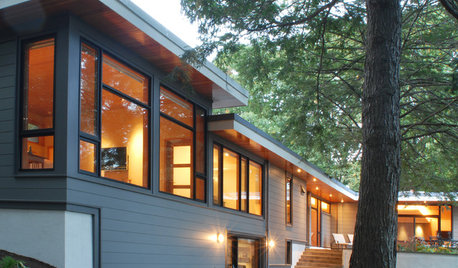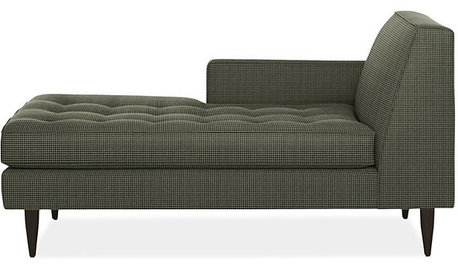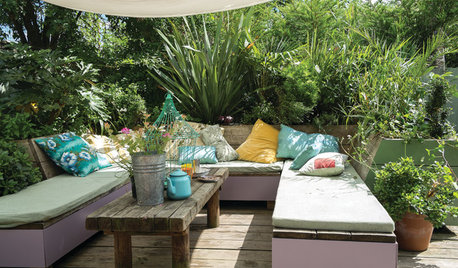How to Read Light Requirements
jbw1984
10 years ago
Related Stories

CONTRACTOR TIPSBuilding Permits: When a Permit Is Required and When It's Not
In this article, the first in a series exploring permit processes and requirements, learn why and when you might need one
Full Story
CONTRACTOR TIPSBuilding Permits: 10 Critical Code Requirements for Every Project
In Part 3 of our series examining the building permit process, we highlight 10 code requirements you should never ignore
Full Story
MORE ROOMSNap in a Snap, No Bedroom Required
These tips for colors, linens and more can help you turn any room into a snuggly spot for daytime drifting
Full Story
ENTRYWAYSHow to Make the Most of Your Entry (No Coat Closet Required)
A well-designed foyer offers storage, seating and other features to help you get out the door on time and looking good
Full Story
REMODELING GUIDES10 Home Fixes That Require a Pro
With some home improvements, your best tool might be the phone. Here are some areas in which it pays to make the call
Full Story
PRODUCT PICKSGuest Picks: Strategic Buys for a Sophisticated Reading Nook
Give a nook for books smart style with the right chair, shelving, lighting and accessories
Full Story
FEEL-GOOD HOME15 Cozy Book Nooks and What They Want You to Read
Put the beach reads away; these comfy spaces are creating a fall reading list. What books do they suggest to you?
Full Story
LIFEHouzz Call: Where (and What) Are You Reading This Summer?
Whether you favor contemporary, classic or beach reads, do the long and lazy days of summer bring out the lit lover in you?
Full Story
BATHROOM DESIGNDreaming of a Spa Tub at Home? Read This Pro Advice First
Before you float away on visions of jets and bubbles and the steamiest water around, consider these very real spa tub issues
Full StoryMore Discussions









terpguy
arthurm
Related Professionals
Tempe Landscape Contractors · Brookfield Landscape Contractors · Indio Landscape Contractors · Red Oak Landscape Contractors · St. Louis Landscape Contractors · Vadnais Heights Landscape Contractors · Ferguson Landscape Contractors · Banning General Contractors · Centereach General Contractors · Country Club Hills General Contractors · Great Falls General Contractors · Los Alamitos General Contractors · Redding General Contractors · Seabrook General Contractors · Spanaway General Contractorsterpguy
jbw1984Original Author
plantcrazed101
badanobada